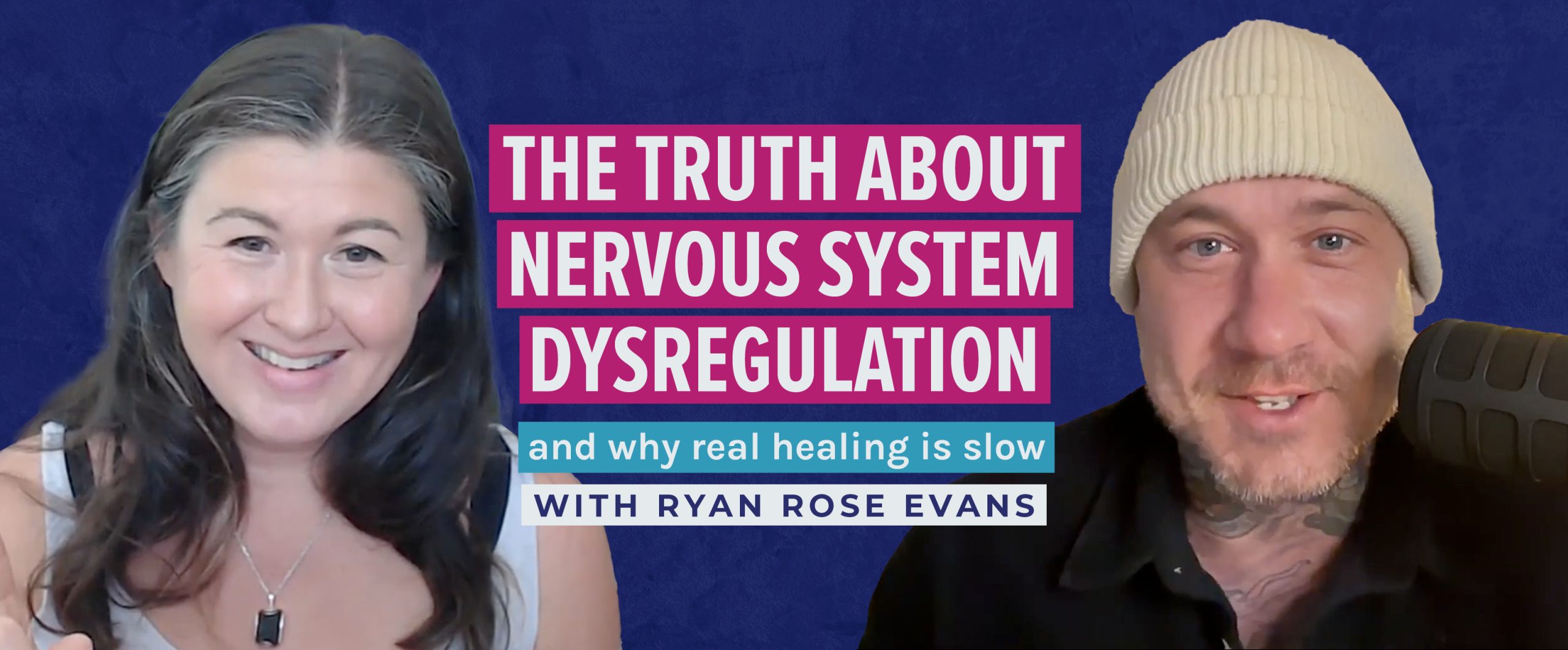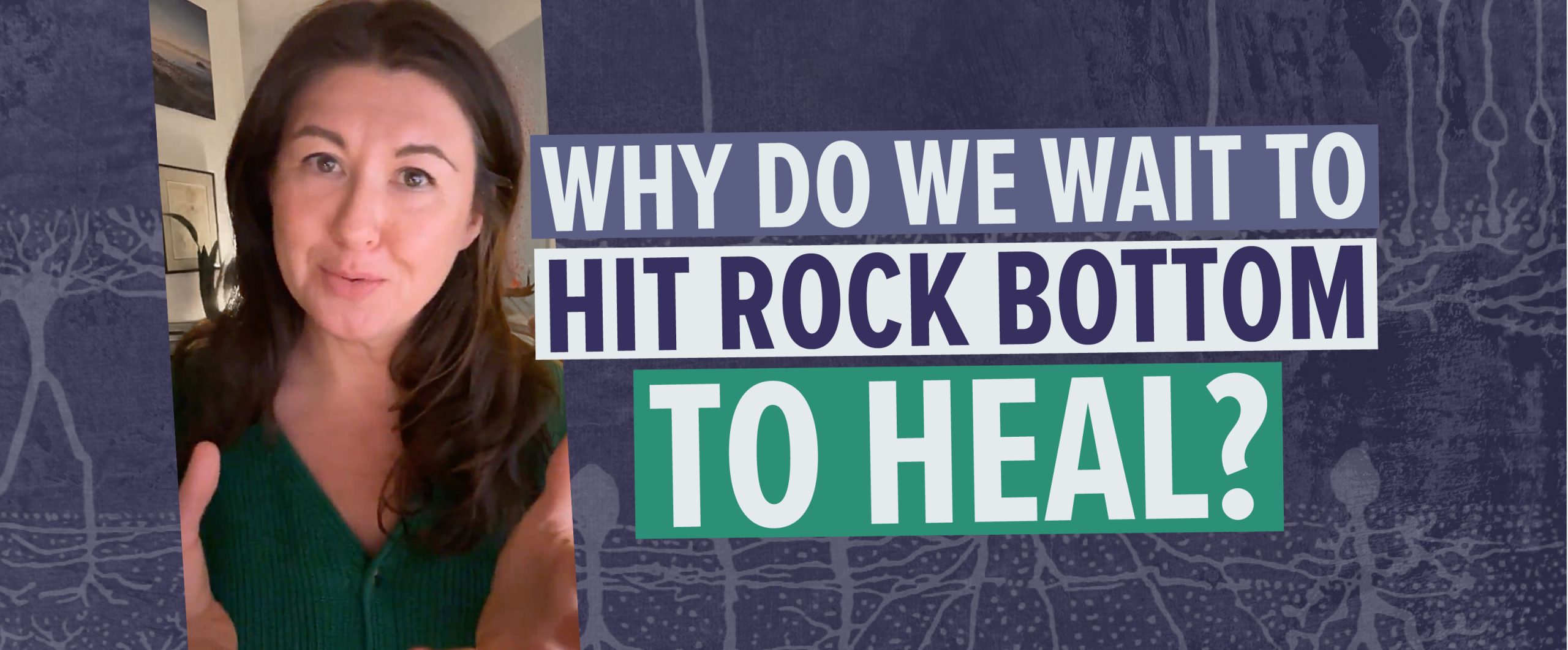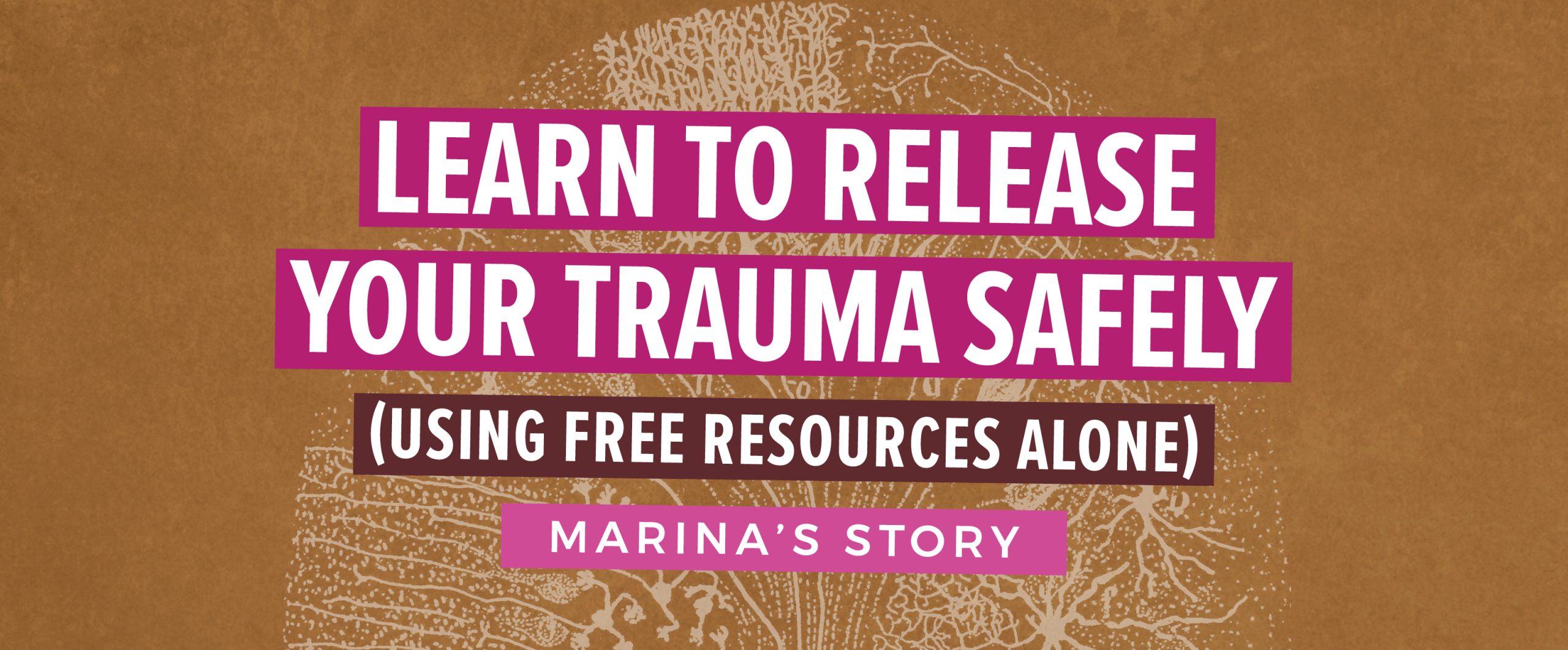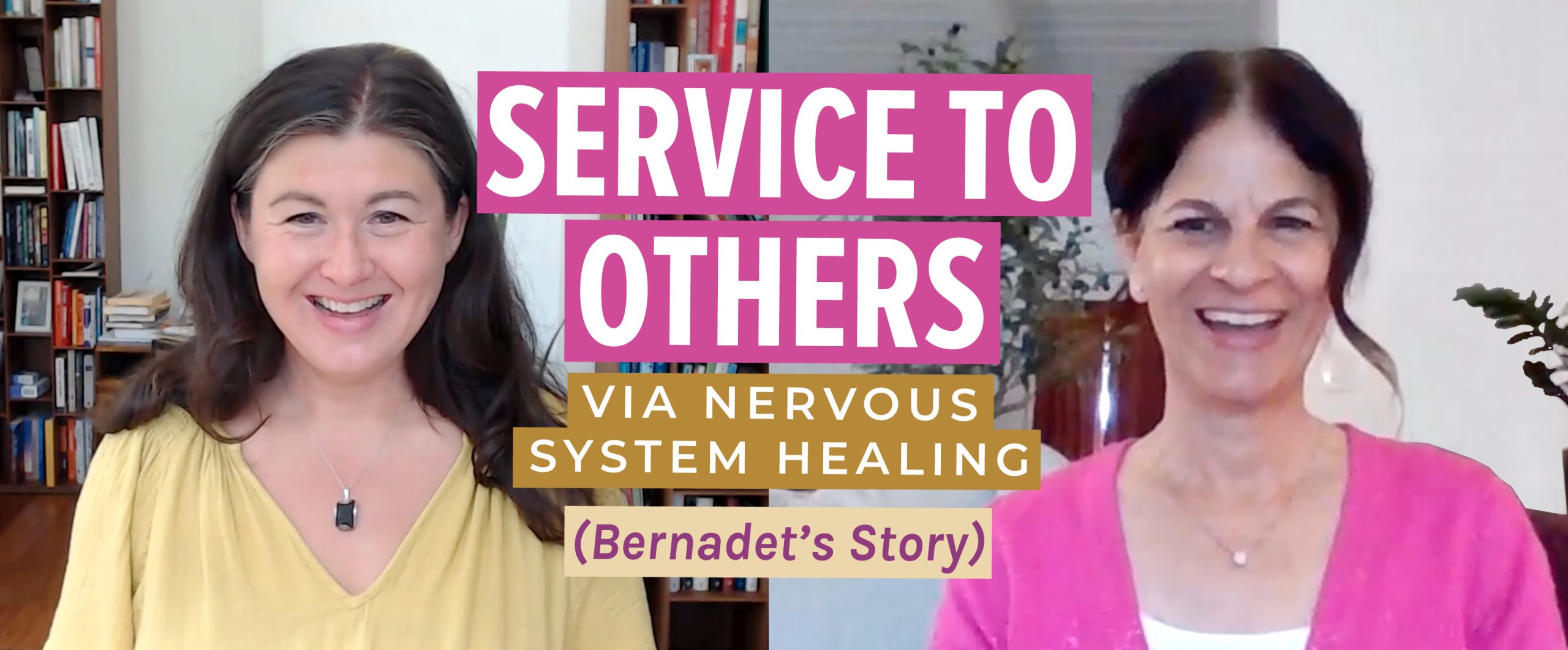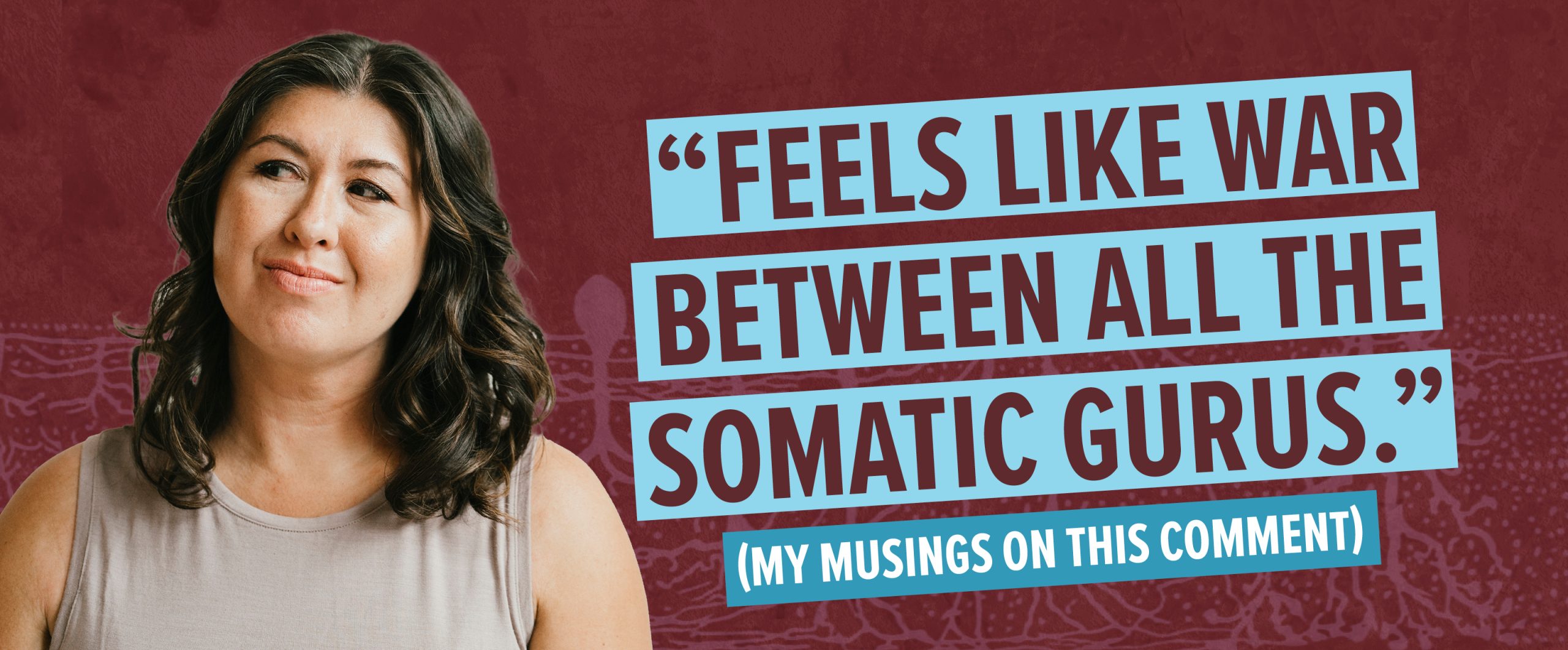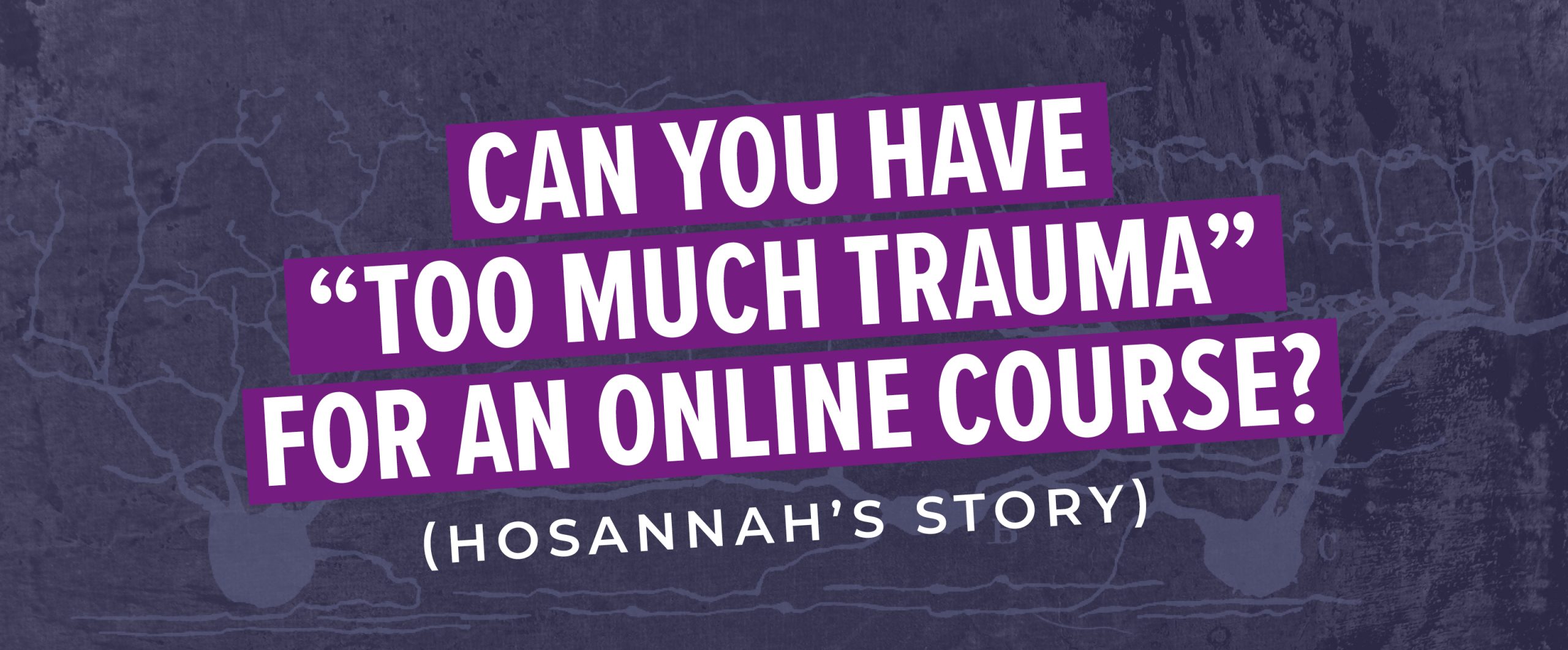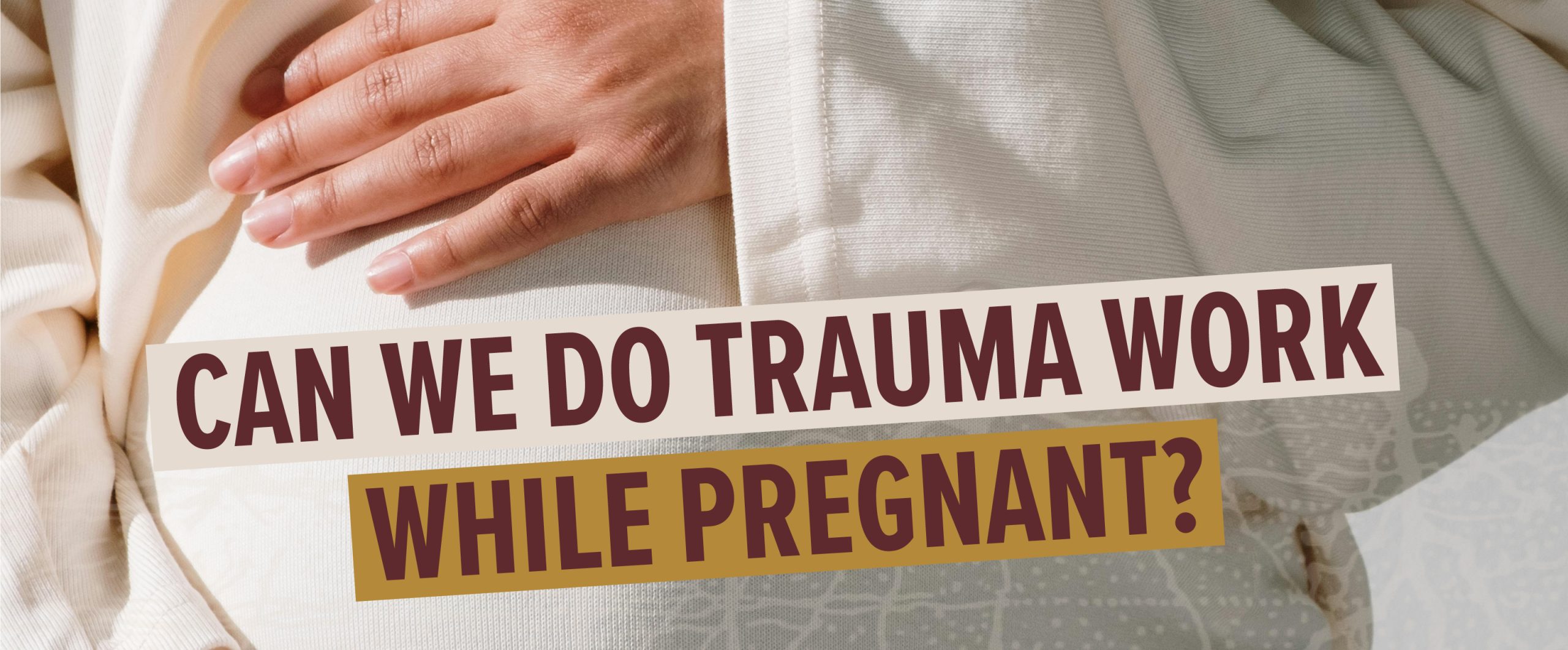You always hear people talking about how stress is the cause of their health and emotional problems.
Yet, I’m going to ask you to consider for a moment that it isn’t the stress per se that we should blame.
—> What if were to tell you that the way in which your very own personal BIOLOGY is wired to respond to stress (threat, danger, un-safety) is the issue?
—> And that how this happens is dependent on how you learned about responding to stress in the first place?
We Learned From Our Primary Caretakers (mom, dad, family).
How your nervous system (the part of you that responds to stress) functions is a result of your early interactions with your parents and caretakers.
To better understand this, a little explanation on the neurophysiology of stress regulation is critical.
Why It Does “Run In The Family!”
When you are born you don’t have any capacity to self-regulate and soothe yourself.
The two main things that are hard wired and you know how to do really well are:
1) Fight and flight (adrenaline and survival systems) responses.
2) Freeze response system.
Meaning, when you are born you get startled easily, you know when you are hungry, cold, when you are in danger. How you respond to everyday life as well as your own bodily sensations and experiences starts off very black and white and there are few distinctions. With apprenticeship (from your caregivers) you learn if something is good or bad.
You are either taught how to calm yourself down via a well regulated adult nervous system that can self-regulate and soothe itself, or not. And sadly, the bulk of adults do not know how to do this very well.
Please note that being able to self-regulate doesn’t mean not getting stressed or having up’s and down’s – it means being able to be in those spaces that might be uncomfortable and then coming through and out of it via your own capacities..
This lack of natural self regulation is a cultural sickness rampant in our industrialized world – and breaking the generational cycles of either dis-organized and/or artificial self-regulation (via drugs, alcohol, medication, and even addictive exercise and/or mind body classes that bring us out of our body, etc…) can be one of the best and toughest endeavours a person and family takes on.
But first, a Little More About the Freeze Response System and The Vagus Nerve
Your vagus nerve, the 10th cranial nerve is the largest branched nerve in the body. It originates high up in your body, near the base of your skull and travels throughout your face, throat, inner ear, heart, diaphragm and gastrointestinal tract to name a few.
Your freeze response system is governed by one portion the Vagus nerve called the dorsal branch.
The second portion of the vagus nerve is the ventral branch.
This latter branch, the Ventral Branch, DOES NOT work when you are born.
This ventral branch, the non-functioning part gets its kick-start and wiring by how it attunes to your primary caretaker’s ventral branch of their vagus nerve.
This part of the vagus nerve is your social engagement and self-regulation nerve.
You need it to engage with life, be it people, learning, animals, creativity, and when it is fully functioning and healthy it helps calm down anxious nerves by slowing down the heart rate.
This portion of our nervous system is purely mammalian and is the most evolved portion of our nervous system, hence why it is slow to get going.
Due to the fact that this ventral branch, the social engagement branch, is non-functioning when you are born, just like learning anything from parents, how to talk English or cook for example, we form the functioning of this nerve by witnessing (and sensing) how THEY do it.
So, if mom’s capacity to self-regulate herself and calm herself down, to communicate and love is open and widely online, then we learn that. If it isn’t, sadly, we learn something else.
All those branches from the brainstem area are the vague nerve.

The saying “It runs in the family” is quite appropriate for this process as our primary caregiver’s ventral vagal nerve is literally our blueprint. We copy and then form our nervous system by mimicking theirs.
The passing along of traits and illnesses such as depression and heart disease is no different than the passing along of joy and emotional connection, as is written about in a phenomenal book titled Scared Sick – The role of childhood trauma in adult disease:
“Our view of genes as staid and immutable is shifting. Do some conditions run in the family? Certainly. Some diseases are entirely genetically driven; even to most stable and loving family, for instance, will not be able to prevent a dreaded disease like Fanconi’s anemia. But a surprising number of diseases are “all in the family,” not solely because family members share genes, but because the family literally embodies the fear-filled experiences its members have also shared.” “When parents fail to teach and model skills that enable children to internally manage their reactions to life’s inevitable stressors, their children’s stress response systems will be chronically stimulated and slower to return to balance that those of children who have learned self-regulation. As a result, children’s immune and endocrine (hormone) regulation is jeopardized.”
The Bad News and Good News with this…
The good news is that these circuits CAN be changed later in life.
The bad news is that these can’t be changed in isolation and without appropriate support and knowledge.
The capacity to enhance and beef up our social engagement apparatus (that ventral vagus nerve) to be less reactive to stress and gain the tools to better metabolize stressful events is possible.
The first step is to learn how stress affects the body at the biological level.
===
Reference. Scared Sick. The role of childhood trauma in adult disease. Karr-Morse & Wiley

